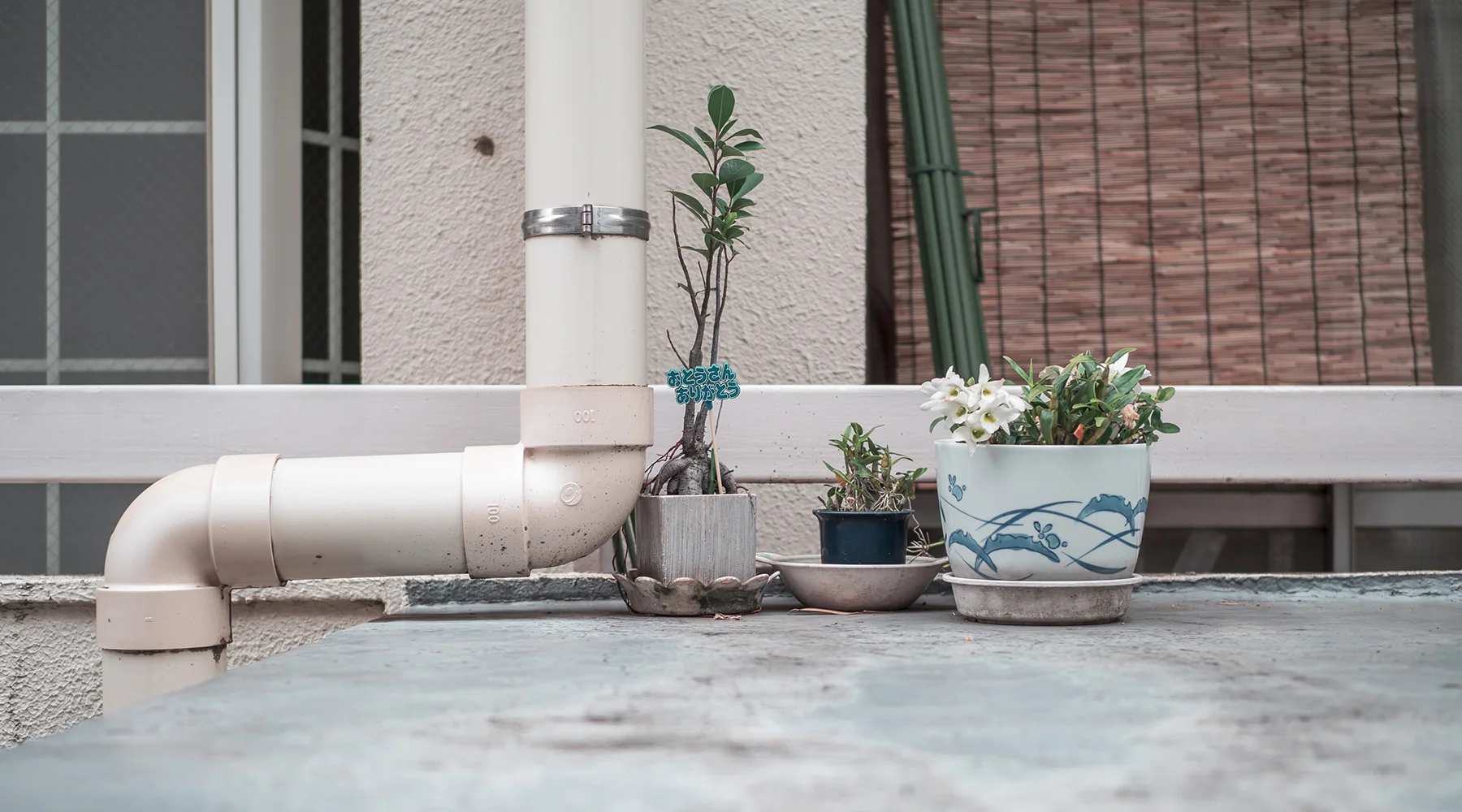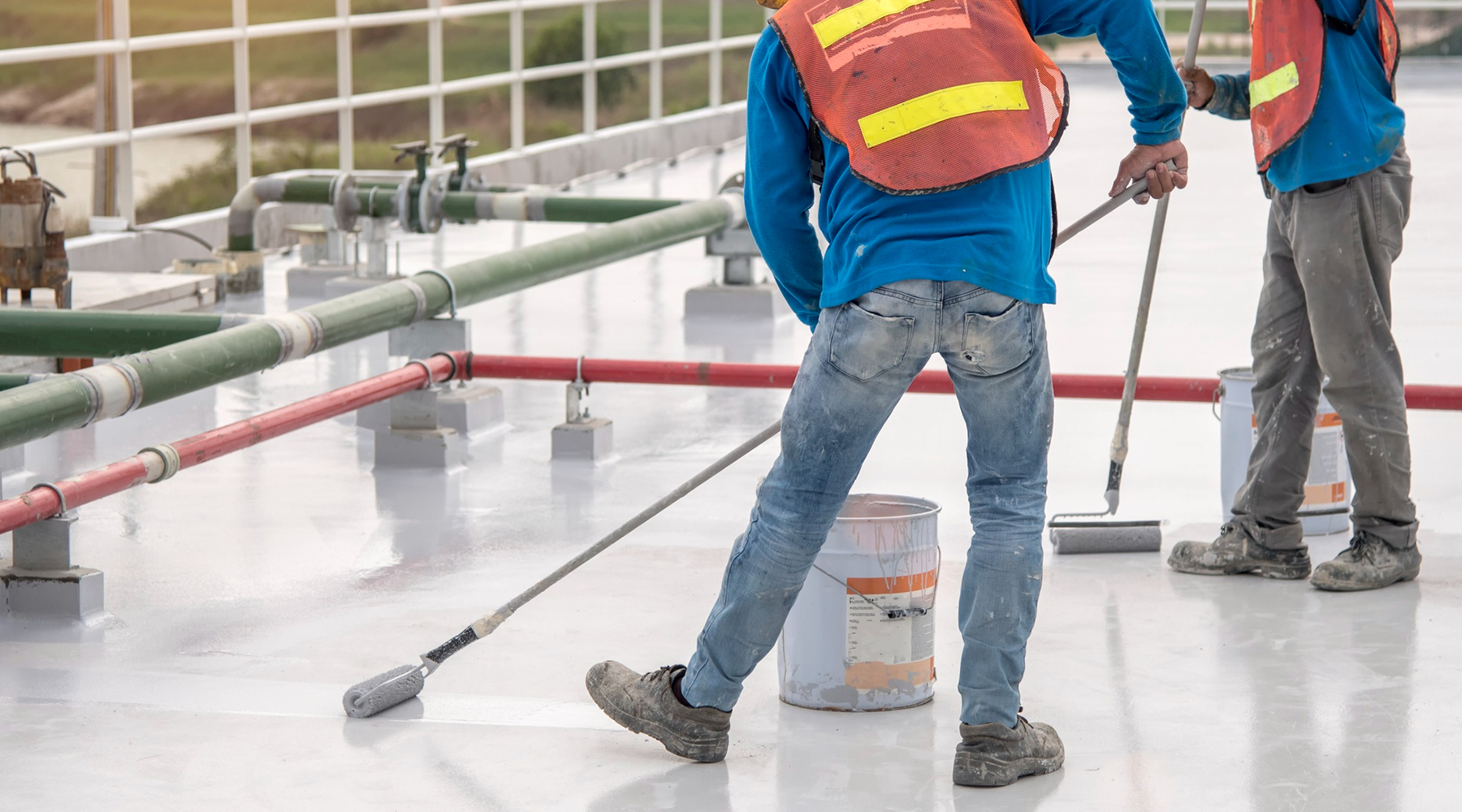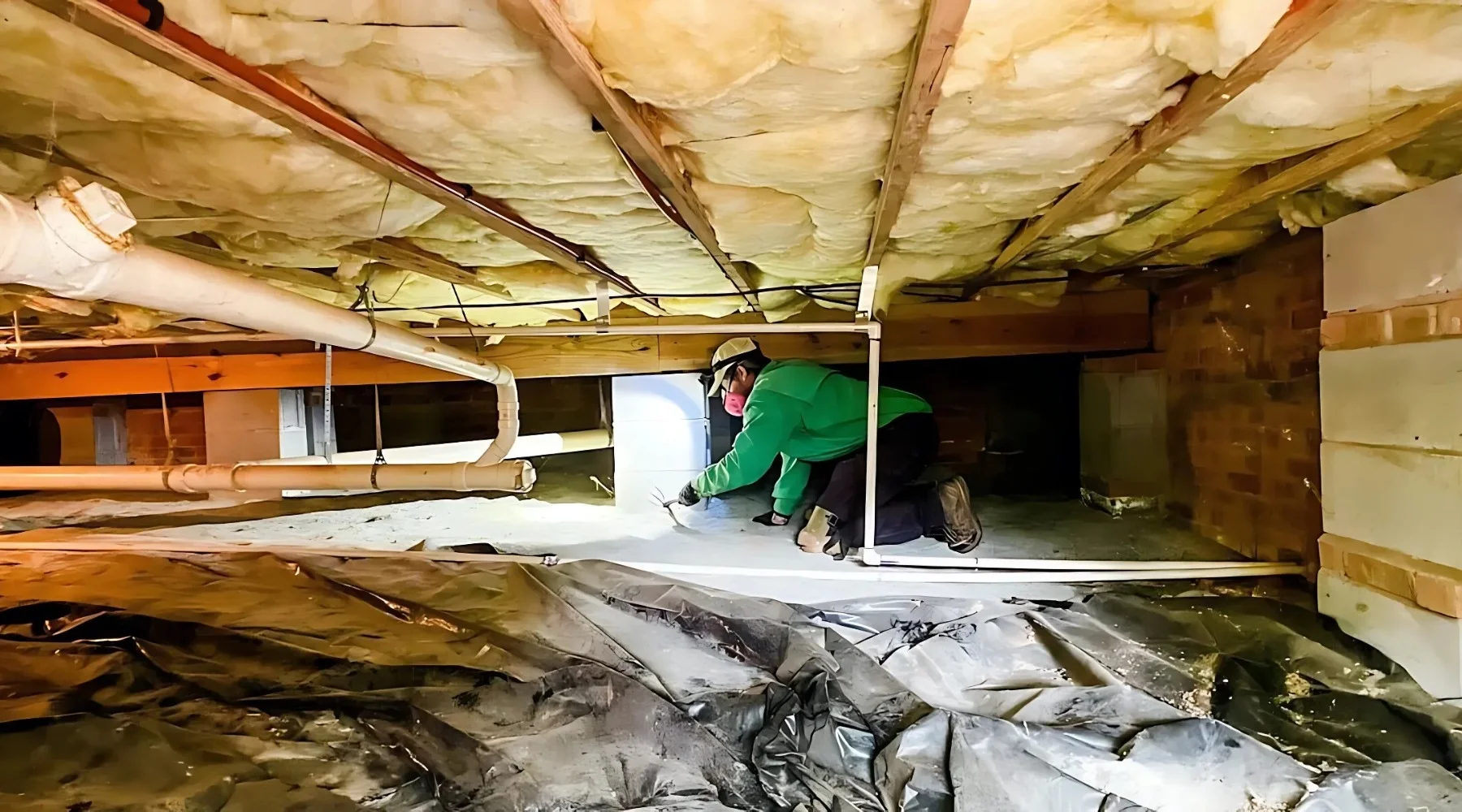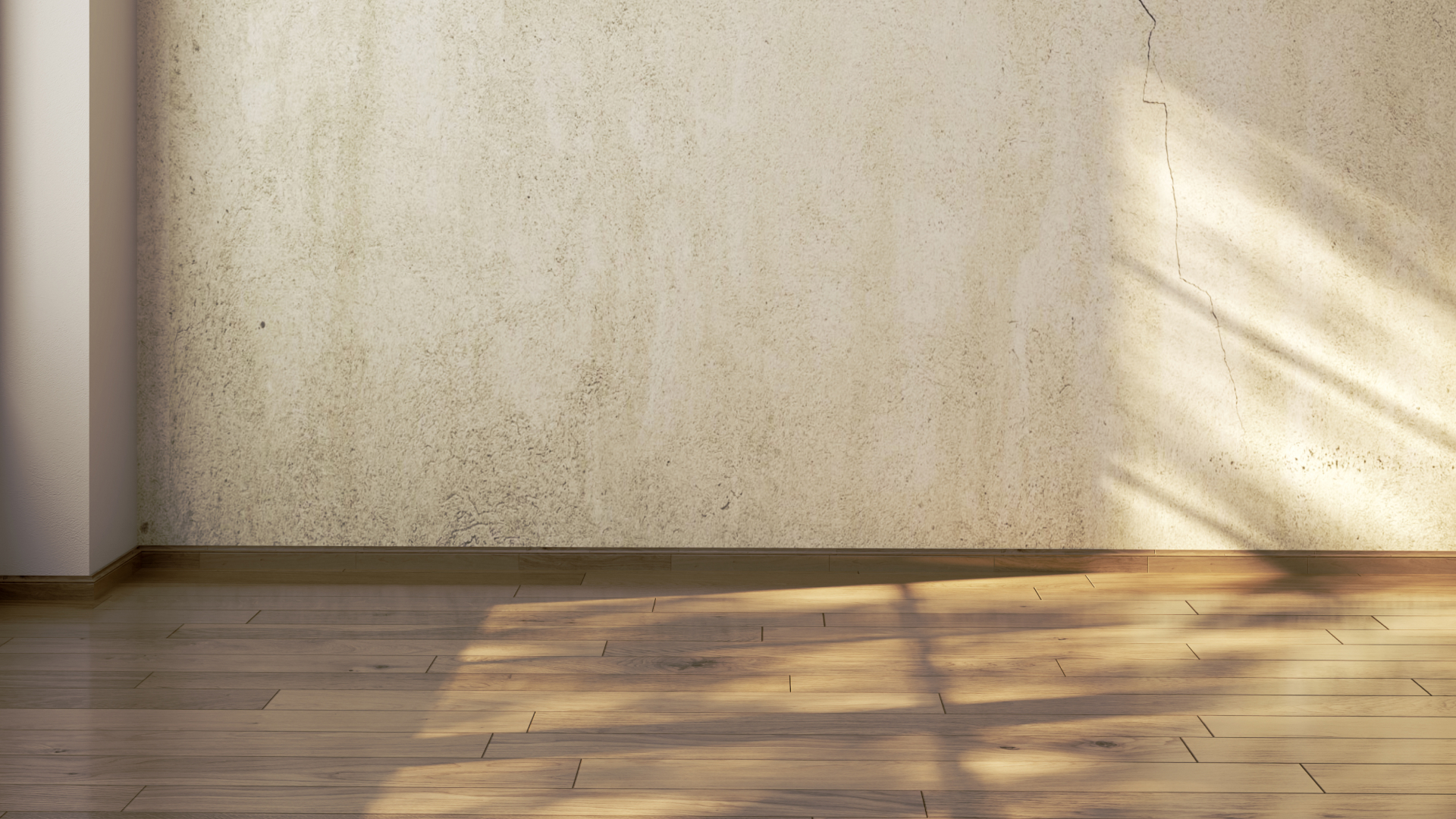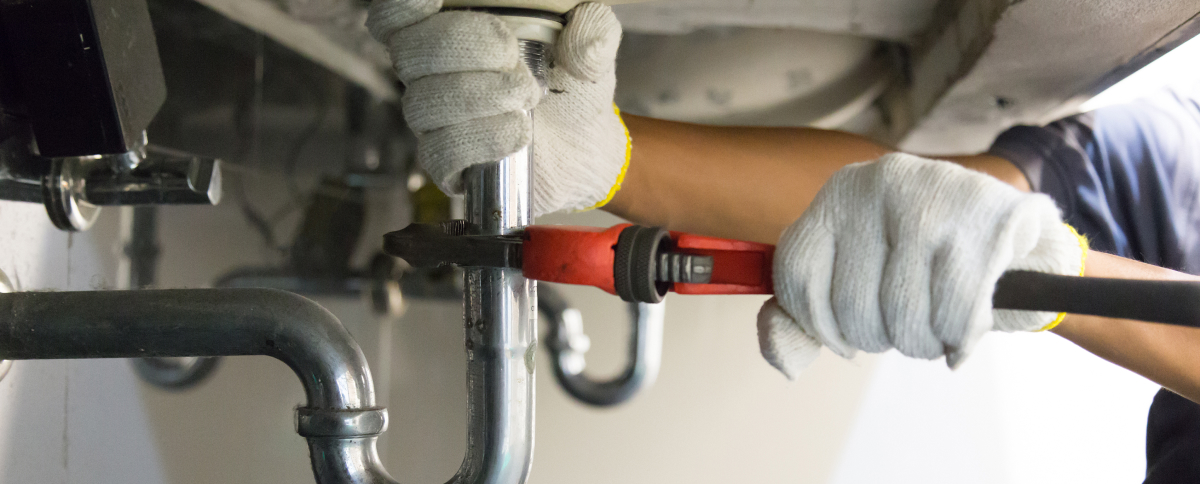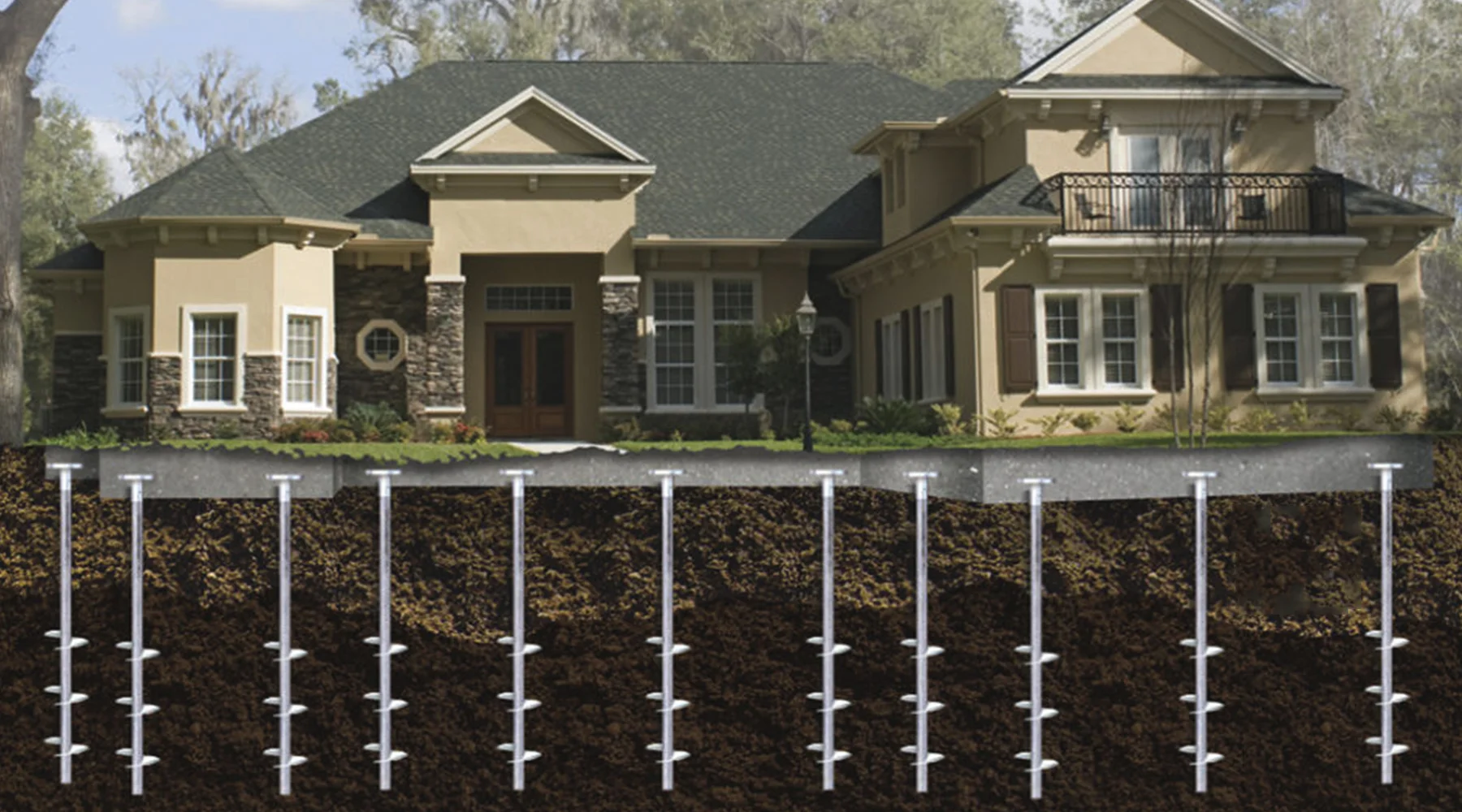There’s a pressing need to safeguard your home from water damage, as statistics show that nearly 60% of American homes experience some form of basement water issues, according to the American Society of Home Inspectors. With effective basement waterproofing, you can protect your property and improve air quality. As a basement waterproofing company, in this blog post, we will help you discover the top five methods to choose the most suitable solution for your home, ensuring your basement remains dry and secure against moisture intrusion.
Understanding Basement Waterproofing
As a homeowner, it’s necessary to grasp the fundamentals of seasonal basement waterproofing. This process ensures that your basement remains dry and free from water intrusion, protecting your home’s foundation and preventing structural damage. By implementing effective waterproofing solutions, you can extend the lifespan of your basement and turn it into a functional space, whether for storage, a recreation area, or a living room.
Importance of Waterproofing
To maintain the integrity of your property, basement waterproofing is vital. It prevents mold and mildew growth, which can pose health risks to you and your family. Additionally, it safeguards your investment, as water damage can decrease your home’s value significantly. According to the American Society of Home Inspectors, 60% of homes in the U.S. have some moisture problem in their basements, making waterproofing a necessary consideration for any homeowner.
Each method has its pros and cons. Discover the difference between interior vs exterior basement waterproofing techniques to make an informed decision.
Common Causes of Basement Moisture
At times, homeowners may overlook the various factors contributing to basement moisture. These can include heavy rainfall, poor drainage systems, and rising groundwater levels. Additionally, even minor plumbing leaks or condensation can significantly impact your basement environment, leading to unnecessary moisture retention and potential problems down the line.
Plus, understanding the common causes of basement moisture allows you to take proactive measures. Factors such as excessive rainfall, improperly graded landscapes, and clogged gutters can lead to increased water levels around your home, seeping into your basement. Additionally, plumbing leaks, high humidity, or inadequate insulation contribute to condensation buildup, increasing moisture levels. By addressing these issues early, you enhance your basement waterproofing efforts and maintain a healthy living environment.
Method 1: Interior Sealants
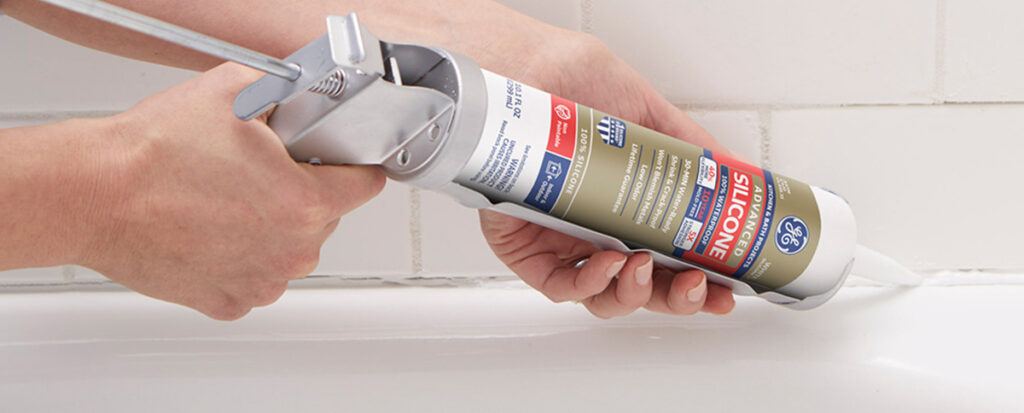
While interior sealants are a popular choice for basement waterproofing, they work best as a preventative measure rather than a complete solution. These sealants act as a barrier on your basement walls and floors, preventing moisture from seeping through. They are easy to apply and can be an effective first step in protecting your home from potential water damage.
Benefits and Drawbacks
The benefits of using interior sealants include ease of application and affordability, allowing you to take action against moisture quickly. However, drawbacks include limited effectiveness on existing water issues and the potential for mold growth if not applied correctly, highlighting that these solutions may not eliminate underlying problems.
Application Process
The process for applying interior sealants involves several steps to ensure effective coverage and protection for your basement. First, you will need to thoroughly clean and dry the surfaces you plan to treat, removing any existing dirt or debris.
Sealants can come in various forms, including paint-like products or liquid membranes, and can be applied with a brush, roller, or sprayer. After preparing your basement surface, apply the sealant evenly and allow it to cure according to the manufacturer’s instructions. This process typically involves multiple coats to ensure an adequate waterproof barrier. For long-lasting protection, make sure to reapply as per the recommendations of the product used. Moreover, to do this process in the right manner, you can opt for basement waterproofing services that can provide you with the right solutions.
Method 2: Exterior Waterproofing
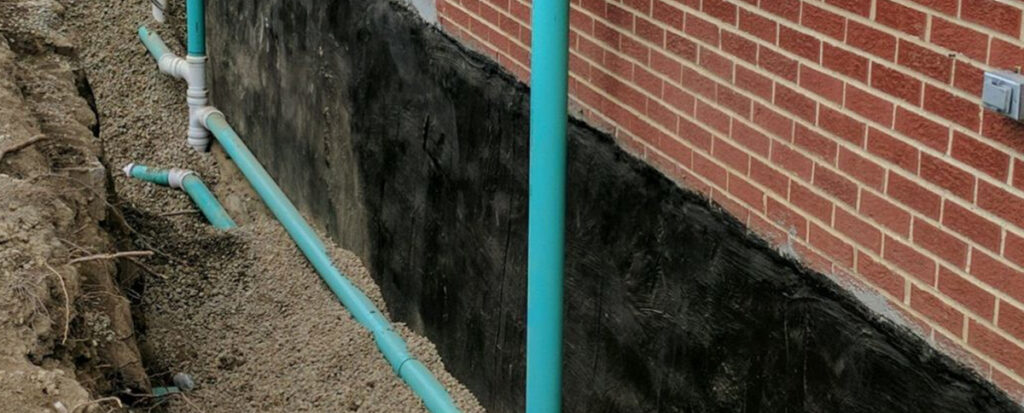
There’s nothing quite like exterior basement waterproofing when it comes to protecting it from moisture intrusion. This method involves creating a barrier on the foundation walls and the surrounding soil, preventing water from entering your home. By addressing the problem from the outside, you can ensure long-lasting protection and peace of mind for your living space.
Overview and Advantages
By opting for exterior basement waterproofing, you will benefit from enhanced protection against water seepage and structural damage. This method effectively redirects rainwater away from your home’s foundation, reducing the risk of mold growth and increasing your property’s resale value.
Installation Considerations
Advantages of exterior waterproofing include its ability to protect your entire property and not just the basement. However, proper installation is necessary to avoid future issues. A thorough examination of your home’s drainage systems, soil type, and foundation structure is critical before proceeding with the installation of exterior waterproofing. This can involve excavation around the foundation, which should be done by professionals to prevent damage to utility lines and landscaping.
A significant factor to consider is the cost of excavation and materials, which can vary widely depending on the size and accessibility of your property. Additionally, you should ensure that professionals use high-quality waterproofing membranes and drainage systems to maximize the effectiveness of this waterproofing method. While it may require a larger initial investment, the long-term benefits of safeguarding your property against water damage and associated repairs can be invaluable for your home’s longevity.
Method 3: French Drains
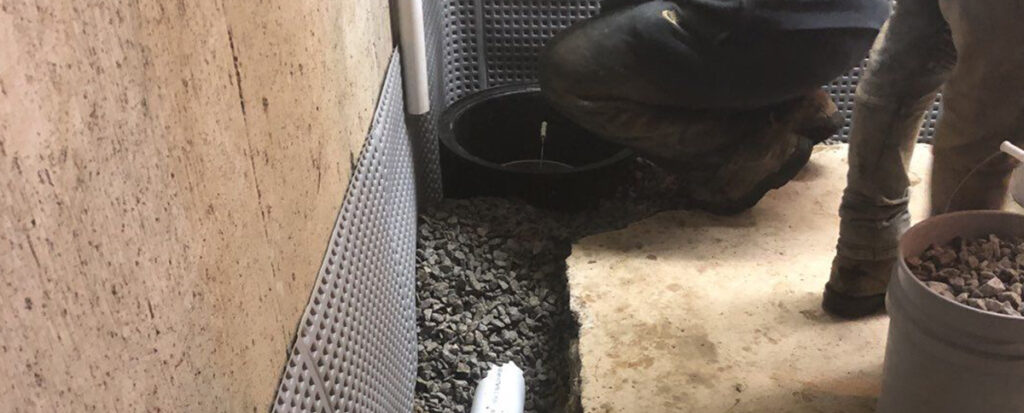
Now, let’s research French drains, a popular and effective basement waterproofing solution. This method involves installing a drainage system that directs water away from your home’s foundation, effectively preventing water buildup and potential flooding in your basement.
How French Drains Work
Along with managing surface and groundwater, French drains use gravity to collect and redirect water. A trench is dug around your home’s foundation, lined with gravel and a perforated pipe that allows water to flow in and out easily. By channeling water away from the foundation, French drains minimize the risk of moisture intrusion in your basement.
Key Installation Tips
One necessary aspect of installing French drains is ensuring they function effectively. Here are some vital tips to consider:
- Choose the proper location for installation.
- Install the drainage pipes with a slope of at least 1%.
- Use high-quality materials for durability.
- Cover the system with landscaping fabric to prevent sediment buildup.
Recognizing the importance of following these tips can lead to a successful installation and a drier basement.
At the installation phase, you should plan for potential water sources and test your system post-installation. Consider the following:
- Evaluate the overall grading of your yard.
- Check your local regulations on drainage systems.
- Ensure proper connection to a city storm drain if required.
Recognizing these factors helps create a reliable and long-lasting drainage solution that keeps your basement waterproof.
Method 4: Sump Pumps
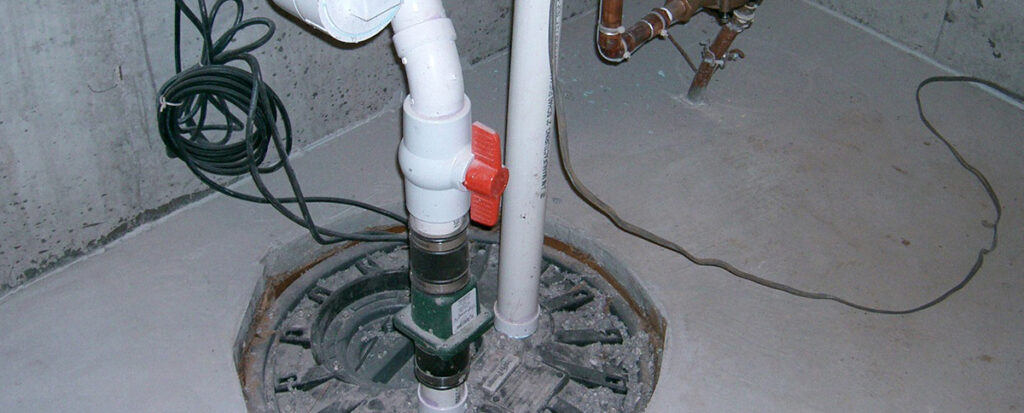
Unlike other waterproofing methods, sump pumps actively remove water that accumulates in your basement. They work by collecting excess water in a sump pit, which is then pumped out and away from your home’s foundation. This system not only helps prevent flooding during heavy rains but also reduces humidity levels, making it vital for effective basement waterproofing.
Functionality and Benefits
The benefits of sump pumps include their ability to automatically activate when water levels rise, providing you with peace of mind during storms. Additionally, they can protect your valuable belongings and eliminate mold growth, leading to a healthier living environment.
Maintenance Requirements
Before installing a sump pump, it’s important to consider the maintenance it requires to operate efficiently. Regular checks ensure your system functions properly and help avoid potential failures during critical moments.
Pumps should be inspected every few months to make sure they are free of debris and that the float switch is working effectively. Additionally, it’s wise to test the pump by pouring water into the sump pit to see if it activates. Battery backups are also recommended to keep your sump pump operational during power outages, ensuring your basement remains dry at all times.
Method 5: Vapor Barriers
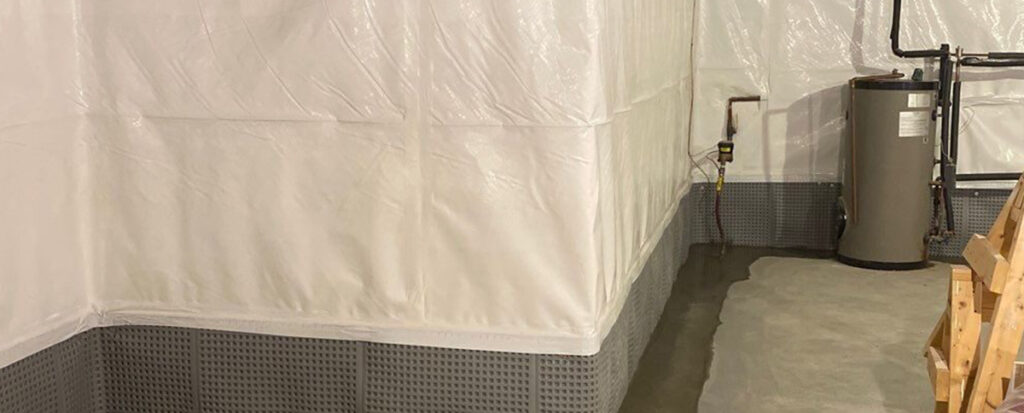
Many homeowners overlook the importance of vapor barriers when considering basement waterproofing. These barriers act as a protective layer that prevents moisture from permeating through walls and floors, effectively keeping your basement dry. By selecting the right type of vapor barrier and ensuring proper installation, you can significantly reduce the risk of mold and mildew, which can cause structural damage and health issues in your home.
Role of Vapor Barriers in Moisture Control
To effectively manage moisture levels in your basement, vapor barriers play an imperative role. They are designed to block water vapor from entering your living space, which is vital in areas prone to dampness.
Best Practices for Installation
The success of vapor barriers largely depends on correct installation techniques. Make sure to use a high-quality polyethylene membrane, ideally with a thickness of at least 6 mils, to ensure durability. It’s important to cover all exposed areas, including seams and overlaps, with appropriate tape to prevent any moisture ingress. Additionally, install the barrier on the warmer side of the insulation to minimize condensation.
Consequently, using these best practices will enhance the effectiveness of your vapor barrier. Ensure that you check for any existing leaks prior to installation and prepare the surface properly, removing debris and ensuring it’s clean. Regular inspections help maintain effectiveness over time. By investing in proper vapor barrier installation, you contribute significantly to your overall basement waterproofing efforts, creating a healthier living space for you and your family.
To wrap up
Now that you’ve explored the top basement waterproofing solutions, you can make an informed decision that best suits your home. Whether you opt for exterior drainage systems or interior waterproofing solutions, understanding your options is key to protecting your property from water damage.
However, doing on your own and having professional expertise is a two way game. To get everything done in the right manner, it is advisable to choose the basement waterproofing companies that can deliver everything right. If you want to get an expert basement waterproofing company, choose Tri-State Waterproofing, a trusted expert for protecting homes from leaks, moisture damage, and foundation issues.
Our team specializes in advanced waterproofing solutions, including sealants, drainage systems, sump pumps, and foundation repairs, ensuring your basement stays dry and secure. With years of experience, high-quality materials, and a commitment to excellence, we provide long-lasting protection against water intrusion.
FAQs
Q: How does interior sealing work in basement waterproofing?
A: Interior sealing involves applying waterproof paint or sealants to the basement walls and floors to prevent moisture from seeping in. This method is generally cost-effective, with an average cost of around $3 to $7 per square foot. It’s important to note that while it can mitigate moisture issues, it often doesn’t address the root cause of water ingress, which may require additional waterproofing methods.
Q: What is the importance of a sump pump in basement waterproofing?
A: A sump pump is a necessary device for managing water in basements prone to flooding. It collects water that accumulates in a sump basin and pumps it outside the home, preventing water damage and mold growth.
Q: Are waterproofing membranes effective for basement waterproofing?
A: Waterproofing membranes provide a barrier against water infiltration and can be installed on both interior and exterior walls. These membranes are particularly beneficial for homes with high groundwater levels. The effectiveness of these barriers is supported by various studies, indicating they can significantly reduce moisture levels and improve basement conditions, ultimately prolonging the material lifespan.
Q: How does landscape grading affect basement waterproofing solutions?
A: Proper landscape grading diverts water away from the foundation of your home, significantly decreasing the risk of basement flooding. Ideally, the ground should slope away from the foundation at a gradient of 6 inches over 10 feet. This is necessary to reduce the strain on other waterproofing systems, helping to keep your basement dry and preventing long-term structural issues.

